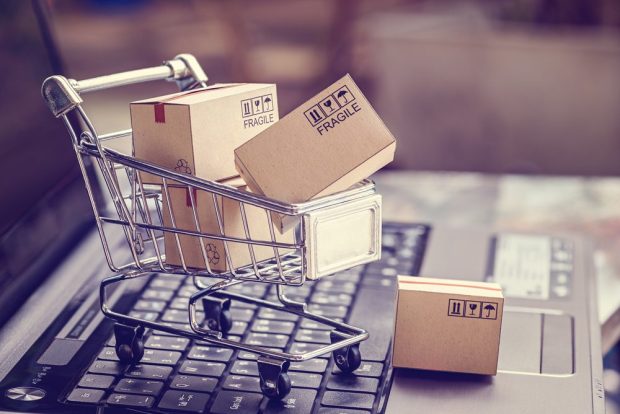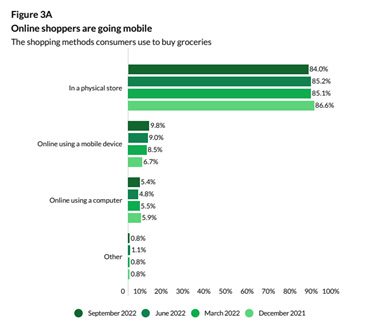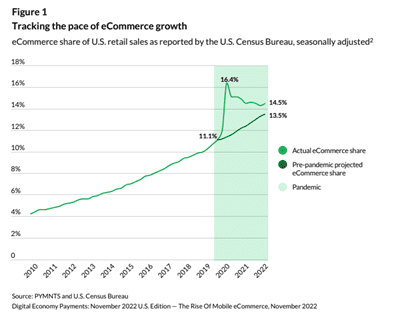What Is the Digital Economy?

The digital economy is economic activity using the internet and other digital technologies. It encompasses the production, distribution, and consumption of goods and services that are created, delivered and consumed using digital technologies.
The digital economy includes a wide range of activities, such as eCommerce, online banking, financial services, digital media and entertainment, cloud computing, and the internet of things (IoT). It also includes the infrastructure and platforms that enable these activities, such as data centers, networks, and software.
The digital economy has transformed many aspects of modern life, including the way we work, communicate, and interact with one another. It has also created new business models and opportunities for economic growth and innovation.
It isn’t easy to quantify the size of the digital economy precisely, as it encompasses a wide range of activities and industries that are constantly evolving. However, it is widely recognized as an important and growing sector of the global economy.
According to a report published by the World Intellectual Property Organization (WIPO), the digital economy accounted for approximately 4.9% of global GDP in 2016, and this figure is expected to continue to grow. The digital economy is also a major source of employment, with many people working in fields related to technology, eCommerce, digital media and other areas of the digital economy.
In addition, the digital economy has had a significant impact on traditional industries, with many companies adopting digital technologies to improve their operations and reach new customers. For example, the use of digital technologies in manufacturing, healthcare, and retail has led to increased efficiency and productivity, as well as new business models and revenue streams.
eCommerce and Mobile Driving Digital Economy Expansion

PYMNTS’ latest sounding of digital economy growth, Digital Economy Payments: November 2022 U.S. Edition — The Rise Of Mobile eCommerce, notes that “in Q3 2022, mobile devices were used by 15% of consumers for nongrocery shopping and 9.8% of consumers for grocery shopping. Personalization is also still important to consumers when it comes to payments. Buy now, pay later (BNPL) — another way to customize payment experiences — has seen a fourfold increase in adoption, although credit and debit cards are still the payment methods of choice for most consumer purchases.”
Mobile commerce and eCommerce are the channels and devices driving the digital economy forward at a global scale as billions of people in developed and emerging markets are connecting, shopping and paying in a host of new and innovative ways.

It’s a seemingly unstoppable force, as the report states, “Despite rising inflation and ongoing public health concerns, the shift toward doing more online and less in-store has continued, and the role of eCommerce in driving retail revenue remains significant. Currently, eCommerce represents 21% of total retail sales based on PYMNTS’ Quarterly Payments Survey and Bureau of Economic Analysis (BEA) data. According to the U.S. Census Bureau’s tabulation of merchant sales volume, eCommerce holds a 15% share of all U.S. retail sales on a seasonally adjusted basis — which is 1 percentage point above pre-pandemic predictions.”
Get the Report: Digital Economy Payments: November 2022 U.S. Edition — The Rise Of Mobile eCommerce
There are many tools that support the digital economy that consumers and businesses frequently use. Some of the most common ones include:
- Text and Email: Email is a commonly used digital tool for communication and collaboration. It allows users to send and receive messages, attachments, and other information electronically. The same is increasingly true for text messages.
- Web browsers: Web browsers are software applications that allow users to access and navigate the internet. Some of the most popular web browsers include Google Chrome, Mozilla Firefox and Microsoft Edge.
- Social media: Social media platforms are digital tools that allow users to connect with each other and share information, photos, and other content. Some of the most popular social media platforms include Facebook, Twitter and Instagram.
- Productivity software: Productivity software, such as Microsoft Office and Google Workspace, is used by businesses and individuals to create documents, spreadsheets and presentations, as well as manage tasks and schedule appointments.
- Cloud storage: Cloud storage is a digital tool that allows users to store and access their data and files online rather than on their local hard drives. Some popular cloud storage providers include Google Drive and Dropbox.
- Mobile apps: Mobile apps are software applications that can be downloaded and installed on a smartphone or tablet. They are used for a wide range of purposes, including communication, entertainment, and productivity.